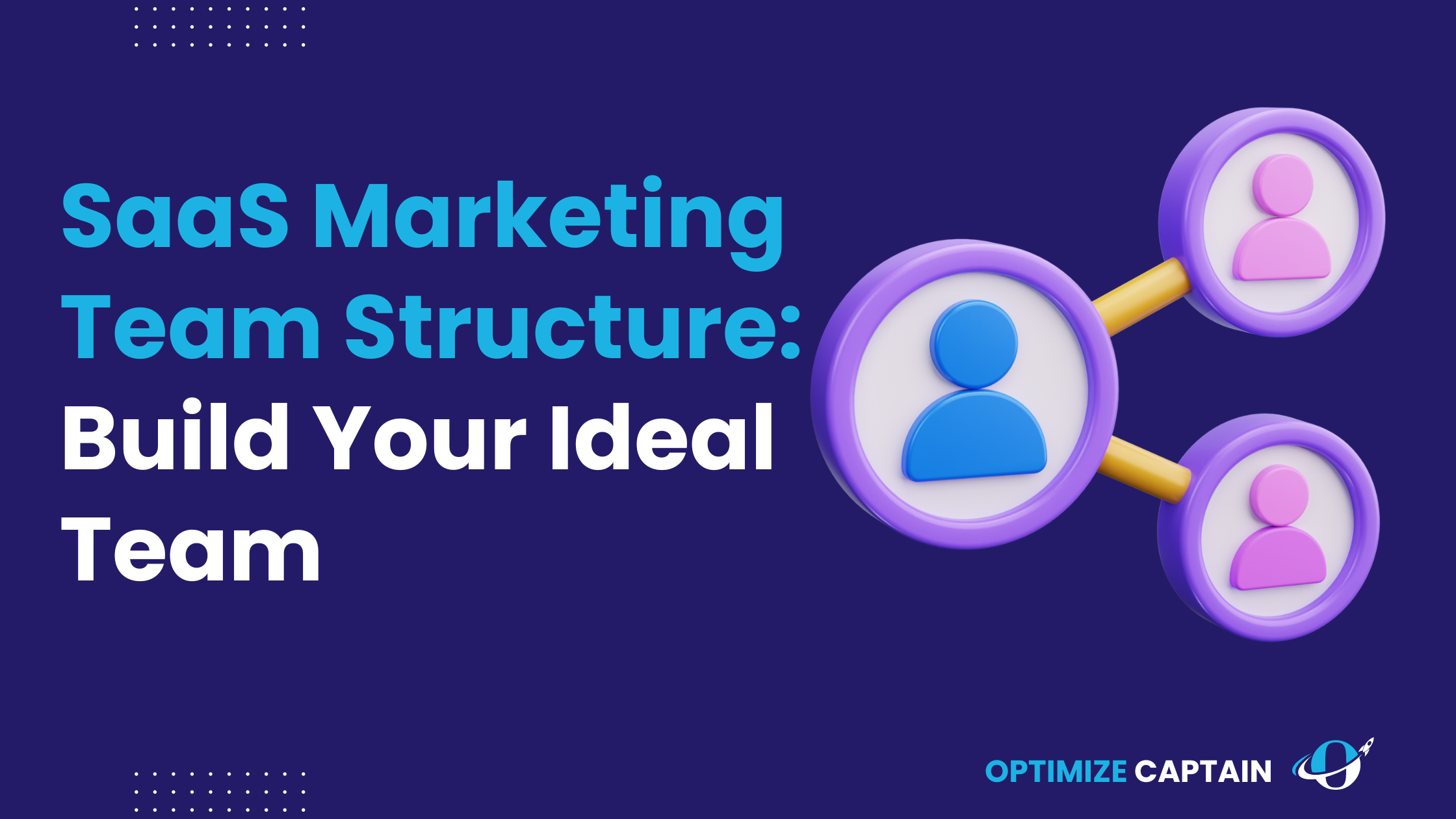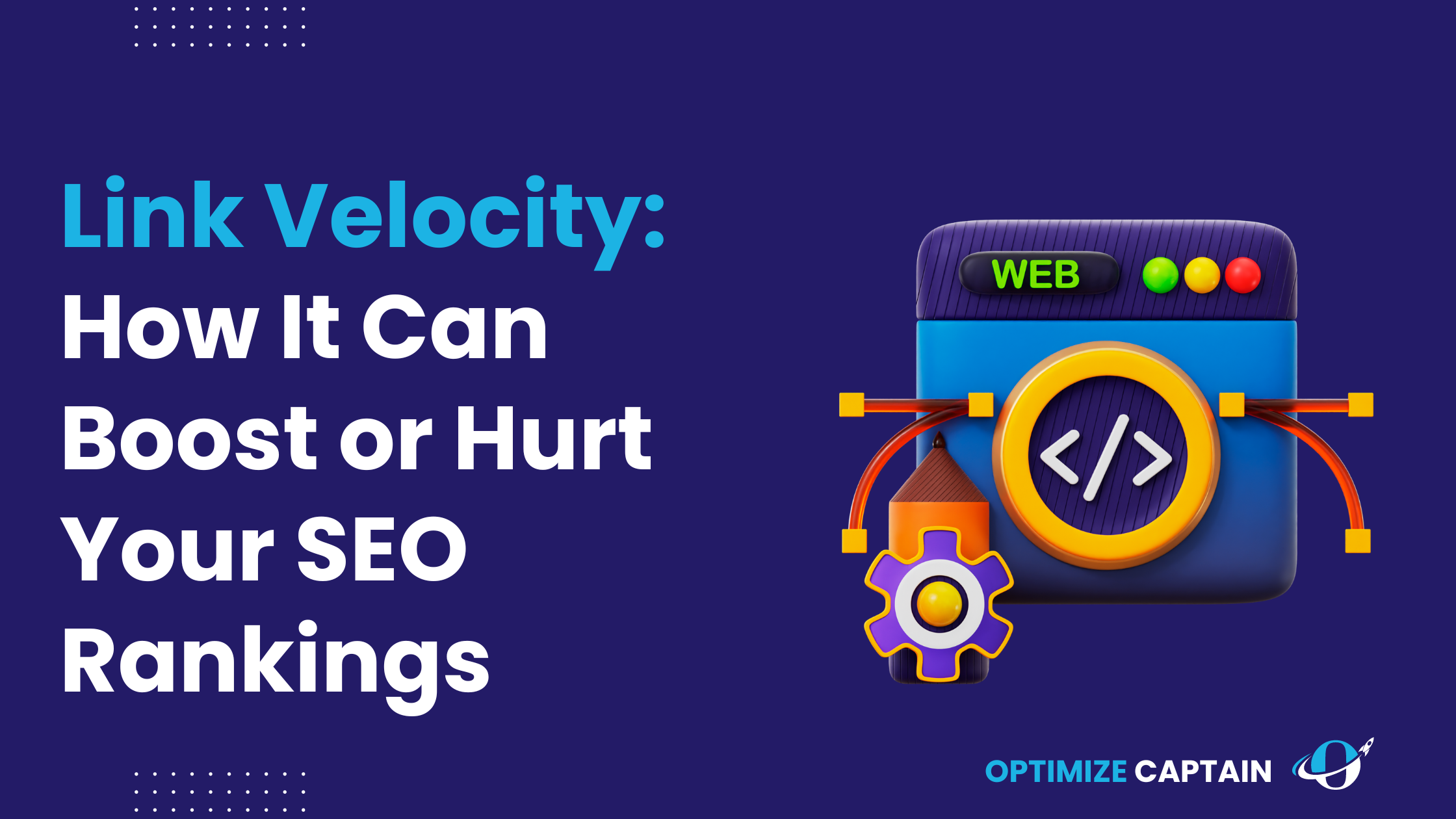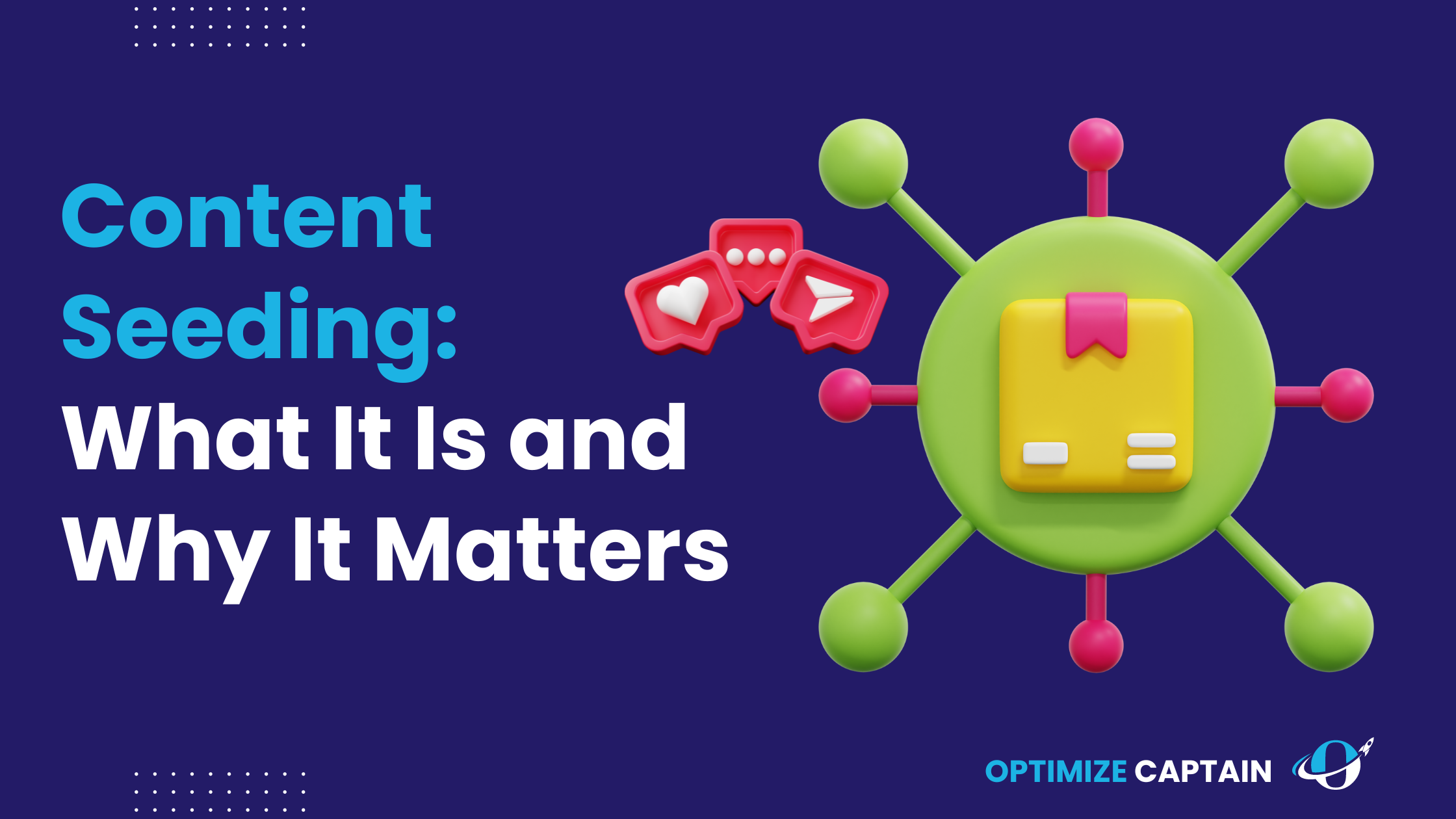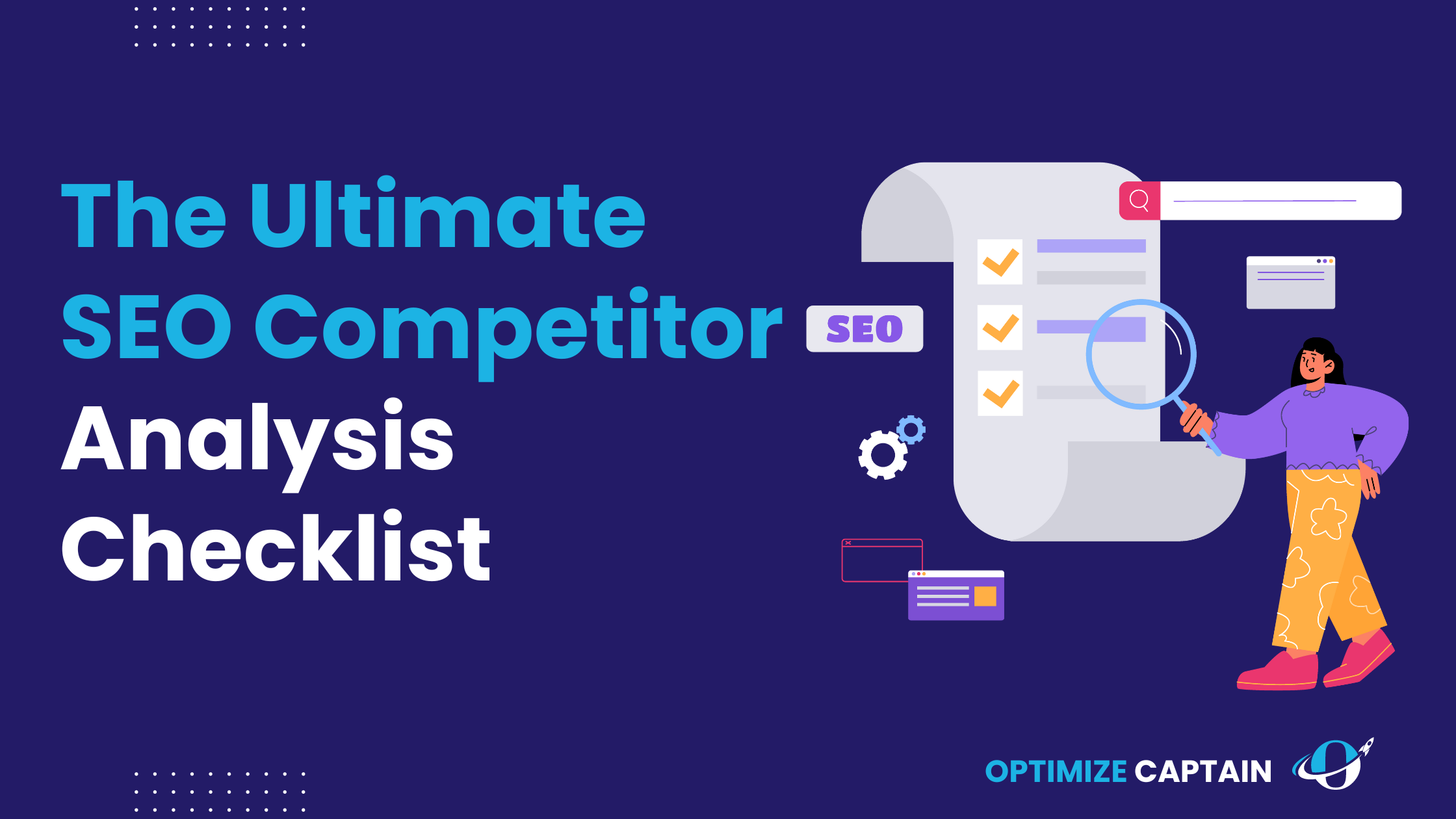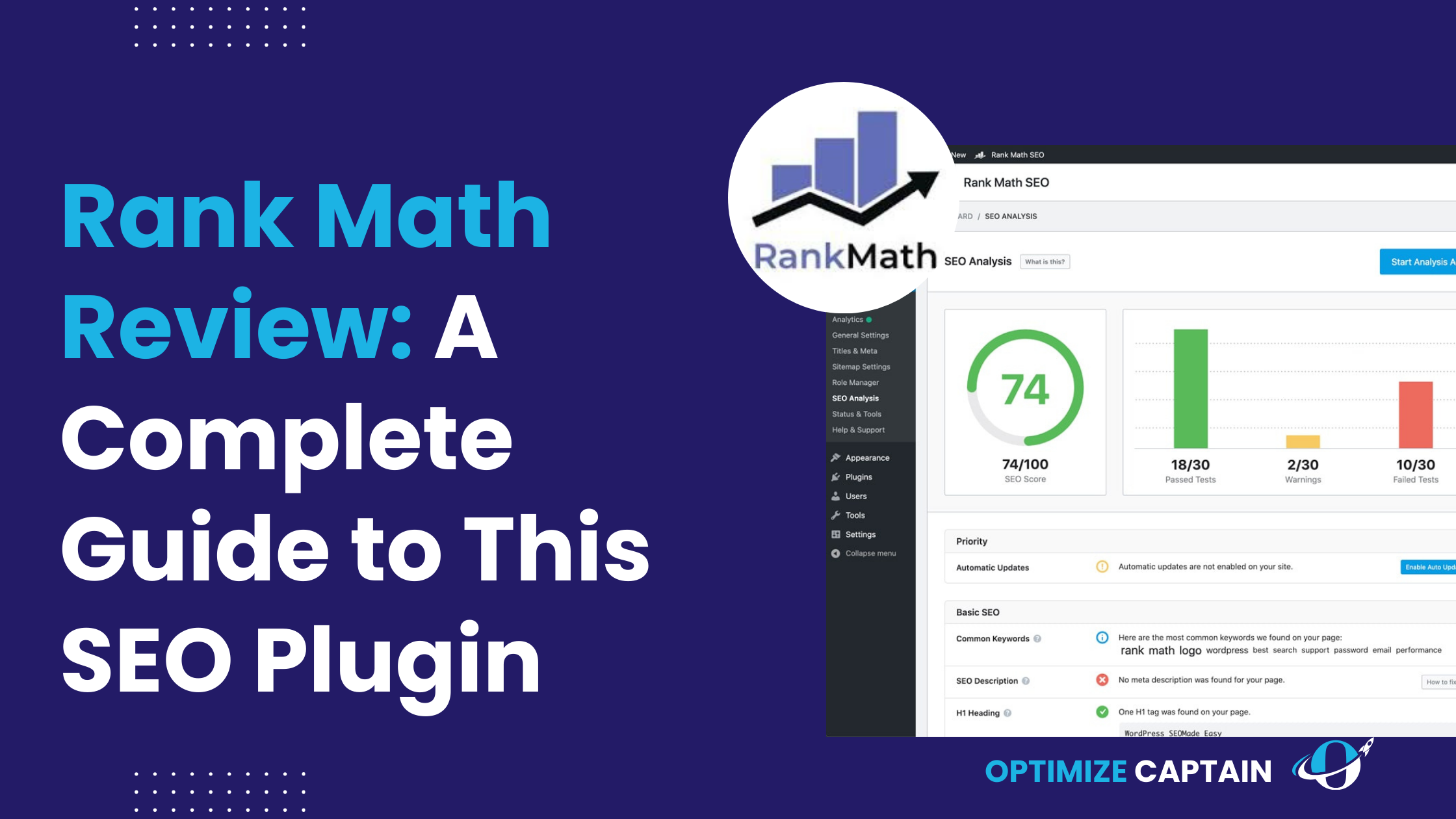A marketing team can make or break the success of a SaaS company. Without a well-structured and cohesive team, even the most innovative SaaS products can struggle to gain traction and retain customers. In fact, according to a recent report, companies with clearly defined roles in their marketing teams see 20% faster revenue growth than those with disorganized structures.
In this SaaS Marketing Team Structure guide, we’ll discuss the essential roles in a SaaS marketing team, outline how to structure your team for success, and highlight the tools and metrics you need to ensure ongoing growth. Whether building a team from scratch or optimizing an existing one, this comprehensive overview will help you make informed decisions for your SaaS company.
What Makes SaaS Marketing Different?
SaaS marketing stands apart from traditional product marketing due to its recurring revenue model. While businesses in other sectors often focus on a one-time sale, SaaS companies rely heavily on customer retention and lifetime value (LTV) for sustainable growth.
This model presents unique challenges:
- Customer Acquisition vs. Retention: Acquiring new customers is crucial, but retaining them is where profitability lies. Research shows that increasing customer retention by just 5% can boost profits by 25-95%.
- Complex Product Offerings: SaaS products often have various features, tiers, and pricing models. Communicating the right value proposition to the right audience is key.
- Data-Driven Adaptation: SaaS companies must constantly adapt their strategies based on real-time data, from product usage metrics to customer feedback.
To address these challenges, you need a marketing team that’s not only specialized but also highly coordinated.
Core Roles in a SaaS Marketing Team
A successful SaaS marketing team includes a mix of strategic thinkers, creative minds, and data-driven analysts. However, not all SaaS businesses require every role. Here’s a breakdown of the essential roles and advice to help you decide which ones your company needs and what qualities to look for.
1. Chief Marketing Officer (CMO)
The CMO is responsible for setting the overall SaaS marketing strategy, aligning with business goals, and ensuring the team operates effectively. While a CMO is essential for large and scaling SaaS companies, smaller startups might not require this role early on and could delegate strategic oversight to a Director of Marketing.
- Key Responsibilities:
- Defining marketing strategy and KPIs.
- Ensuring alignment with sales and product development.
- Managing SaaS Marketing budget and overseeing team performance.
- Core Qualities: Strong leadership, vision, and communication skills; ability to drive cross-functional alignment.
Tip: Consider hiring a fractional CMO if your company isn’t ready for a full-time leadership position but needs senior strategic oversight.
2. Product Marketing Manager
Product Marketing Managers (PMMs) are responsible for positioning your product in the market, ensuring that your messaging is on point, and educating both customers and internal teams on product features. This role is crucial when you have a complex product with frequent updates or new features, but for smaller teams with a simple product, this role could be absorbed by a marketing or content manager.
- Key Responsibilities:
- Developing go-to-market strategies for product launches.
- Aligning messaging with customer pain points and needs.
- Supporting sales teams with collateral and training.
- Core Qualities: Deep understanding of the product, strong analytical skills, and the ability to translate technical features into customer benefits.
Example: If your SaaS product frequently launches new features or updates, hiring a PMM will ensure that these changes are communicated effectively to customers and your sales team, which can drive adoption and reduce confusion.
3. Demand Generation Specialist
A Demand Generation Specialist is focused on creating marketing campaigns that generate new leads and move them through the funnel. If your SaaS model heavily relies on lead generation through inbound channels, this role can significantly enhance your pipeline. However, companies that rely more on outbound sales may not need this role early on.
- Key Responsibilities:
- Building and executing multi-channel campaigns to drive leads.
- Managing lead nurturing programs and marketing automation.
- Collaborating with sales to optimize the handoff of qualified leads.
- Core Qualities: Expertise in marketing automation platforms, creativity in campaign development, and data-driven decision-making.
Stat: Strong lead nurturing can result in 50% more sales-ready leads at 33% lower costs.
4. Content Marketing Manager
Content is the backbone of inbound marketing. A Content Marketing Manager creates content that educates prospects, nurtures leads, and helps convert them into customers. SaaS companies offering highly technical or enterprise-level products benefit most from this role, while smaller B2C SaaS companies may opt for a more generalist marketing manager to handle content creation.
- Key Responsibilities:
- Developing content strategies targeting specific personas and pain points.
- Creating blog posts, whitepapers, case studies, and more.
- Collaborating with SEO to ensure content ranks for relevant keywords.
- Core Qualities: Strong writing skills, strategic thinking, and an understanding of SEO and audience targeting.
Tip: If you’re scaling fast, consider outsourcing content creation to freelancers while having an in-house content manager to guide strategy.
5. SEO Specialist
Your SEO Specialist ensures that your website and content are optimized to attract and convert visitors through search engines. If organic search is a major source of traffic for your SaaS business, hiring an SEO specialist can improve your rankings and drive qualified traffic. For companies with smaller budgets, SEO responsibilities can sometimes be shared between the content manager and a third-party consultant.
- Key Responsibilities:
- Conducting keyword research to identify content opportunities.
- Optimizing website content, blog posts, and landing pages.
- Managing on-page and off-page SEO strategies, including backlinks.
- Core Qualities: Data analysis skills, attention to detail, and a strong understanding of search engine algorithms.
Example: SaaS companies with multiple pricing tiers or products benefit most from SEO because targeted keywords can help attract the right customer segment.
6. Social Media Manager
Social media plays a key role in building brand awareness and engaging with potential customers in SaaS. However, not every SaaS company needs a dedicated social media manager. If your audience isn’t highly active on social channels, this role can be combined with other marketing functions.
- Key Responsibilities:
- Managing social media campaigns and daily posts.
- Engaging with customers and prospects on platforms like LinkedIn and Twitter.
- Analyzing social media metrics to adjust strategy.
- Core Qualities: Creativity, strong communication skills, and understanding social platform algorithms.
7. Customer Success Manager
A Customer Success Manager (CSM) is essential for reducing churn and ensuring customers get value from your product. If your SaaS model relies heavily on renewals, upselling, and customer retention, a CSM can make a huge difference. In smaller companies or early stages, the founder or another marketing role may take on customer success responsibilities.
- Key Responsibilities:
- Onboarding new customers and providing training.
- Proactively reaching out to customers to prevent churn.
- Identifying opportunities to upsell or cross-sell.
- Core Qualities: Empathy, problem-solving skills, and a deep understanding of the product.
8. Data Analyst
As SaaS companies are highly data-driven, having a dedicated Data Analyst allows your marketing team to make decisions based on performance metrics. They track customer behaviour, campaign success, and overall marketing ROI, ensuring that your strategies are effective and efficient.
- Key Responsibilities:
- Analyzing campaign performance and customer behaviour.
- Identifying trends and making data-driven recommendations.
- Tracking key metrics like Customer Acquisition Cost (CAC) and Lifetime Value (LTV).
- Core Qualities: Strong analytical skills, proficiency with data tools (Google Analytics, Tableau), and the ability to communicate insights to stakeholders.
SaaS Marketing Team Structure Models
Choosing the right team structure depends on your company’s size, growth stage, and goals. Let’s examine three common SaaS team structures, starting with the basics of each model and then exploring how roles are structured within them.
1. Hierarchical Model
In a hierarchical structure, roles are organized by seniority, with clear reporting lines from top to bottom. This model is ideal for larger, established SaaS companies where specialized roles are needed and clear accountability is important.
Hierarchy:
- Director of Marketing: Oversees the entire marketing team and reports directly to the CMO or CEO.
- Marketing Managers: Heads of specific functions such as content, demand generation, and SEO, who report to the Director of Marketing.
- Specialists and Coordinators: These team members handle the execution, reporting to their respective managers.
- Advantages: Clear lines of authority, better scalability, and more specialized roles.
- Challenges: Slower decision-making and potential for silos between departments.
2. Flat Structure
A flat structure has fewer layers of management, which promotes collaboration and agility. This model suits startups or smaller SaaS companies that must move quickly and adapt to change.
Hierarchy:
- Founder or CMO: Leads marketing strategy but works closely with all team members.
- Generalist Marketing Roles: Team members may take on multiple responsibilities, such as content creation, social media, and SEO.
- Advantages: Faster decision-making and better collaboration across functions.
- Flexibility in role distribution, where employees can contribute to multiple areas.
Challenges:
- Lack of role specialization can lead to confusion or inefficiencies as the company grows.
- Managing workload distribution can become tricky if team members wear fewer hats.
Advice: If you’re an early-stage SaaS startup, a flat structure allows your team to be agile and make fast decisions. However, transitioning to a more defined structure as your company scales can help ensure roles don’t overlap too much.
3. Cross-Functional Teams
Cross-functional teams comprise individuals from various departments—marketing, product, sales, and customer success—who collaborate on specific projects or initiatives. This structure works well for SaaS companies that frequently launch new products or features and must be agile in bringing them to market.
Hierarchy:
- Team Leads: Each cross-functional team has a leader coordinating efforts between departments (e.g., a Product Marketing Manager or Director of Marketing).
- Specialists: These include experts in content, demand generation, product marketing, and data analysis, who collaborate closely to execute projects.
- Collaborators: Members from outside the marketing team (e.g., product development or sales) who contribute to the project as needed.
Advantages:
- Promotes innovation and faster time-to-market for new initiatives.
- Breaks down departmental silos, ensuring better communication and collaboration.
Challenges:
- Coordination across departments can be complex.
- Requires strong leadership and communication to avoid project delays or misalignment.
Advice: Cross-functional teams work best in larger, agile, project-driven SaaS companies. Ensure you have strong team leads facilitating communication between departments and keeping everyone on track.
Collaboration and Communication Tools for SaaS Marketing Teams
Having the right tools in place is crucial to ensure your team functions smoothly. SaaS marketing teams, particularly remote or hybrid, rely heavily on digital tools to stay aligned and productive. Here’s what you need to consider:
- Slack: This tool is ideal for real-time communication and collaboration across teams. It integrates with many other tools, making it a central hub for quick updates.
- Asana/Trello: These tools are great for project management. They allow teams to track tasks, set deadlines, and assign responsibilities.
- HubSpot/Marketo: Marketing automation platforms like HubSpot and Marketo help manage customer journeys, automate email marketing, and track lead nurturing efforts.
- Zoom/Microsoft Teams: Video conferencing tools that make remote collaboration more personal and allow for regular team check-ins and brainstorming sessions.
Best Practice: Ensure regular check-ins and establish clear communication protocols to prevent any miscommunication, especially if your team operates across different time zones.
Key Metrics to Measure Marketing Team Success
Measuring the performance of your SaaS marketing team is essential to ensure long-term growth and success. Here are the key metrics you should be tracking:
1. Customer Acquisition Cost (CAC)
CAC measures how much it costs to acquire a new customer. Keeping this cost in check is vital for SaaS companies, especially those that operate on a subscription model where profitability grows over time.
- Advice: Break down CAC by channel (e.g., paid search, organic search, social media) to understand where you’re spending the most and where you’re getting the highest returns.
2. Customer Lifetime Value (CLV)
CLV tells you how much revenue a customer will generate over their relationship with your product. In SaaS, it’s crucial to keep CLV high by minimizing churn and increasing upsell opportunities.
- Tip: Look at CLV in conjunction with CAC. If your CLV is significantly higher than your CAC, you can afford to invest more in customer acquisition while still maintaining profitability.
3. Churn Rate
Churn rate measures the percentage of customers who cancel their subscription over a given period. Reducing churn is essential for SaaS companies that rely on recurring revenue.
- Advice: Regularly monitor churn to understand why customers are leaving. This can help your customer success team proactively address pain points before customers decide to cancel.
4. Conversion Rate
This metric tracks how well your marketing efforts convert leads into paying customers. SaaS companies need to monitor conversion rates at each stage of the funnel to identify areas of improvement.
- Tip: Run regular A/B tests on landing pages, CTAs, and onboarding flows to optimize the customer journey and improve conversion rates.
Overcoming Common SaaS Marketing Team Challenges
Building and scaling a SaaS marketing team comes with its own set of challenges. Let’s dive into a few common obstacles and how to address them effectively.
1. High Turnover and Role Overlap
As SaaS companies grow, they often face high turnover in marketing roles, particularly when there isn’t a clear structure. Additionally, role overlap can become an issue as teams expand, leading to inefficiencies.
Solution: Clearly define roles and responsibilities from the start. Use job descriptions and organizational charts to ensure everyone knows their role within the larger team structure. Revisit these regularly as your company evolves to prevent role overlap and ensure accountability.
2. Sales and Marketing Alignment
One of the most frequent challenges SaaS marketing teams face is ensuring alignment with sales. When marketing and sales are not aligned, there’s a higher chance of missed opportunities, inefficient lead handoff, and wasted resources.
Solution: Foster regular communication between sales and marketing teams through weekly syncs, shared goals, and open feedback loops. Ensure that marketing is generating leads that align with the target persona and that sales have the necessary materials to close deals.
3. Scaling Remote or Hybrid Teams
Managing distributed teams can be challenging with more SaaS companies embracing remote or hybrid work environments. Ensuring everyone stays aligned, motivated, and productive requires extra effort in communication and goal-setting.
Solution: Use the right collaboration tools and establish clear communication, goal-setting, and accountability guidelines. Regular video meetings, weekly updates, and defined project timelines can help keep remote teams aligned and focused.
Future Trends in SaaS Marketing Teams
The SaaS marketing landscape is evolving rapidly, and staying ahead of the curve means adapting to emerging trends. Here are some developments you should keep an eye on:
1. The Rise of Growth Marketing Specialists
As more SaaS companies adopt a data-driven marketing approach, the need for growth marketing specialists is rising. These individuals focus on optimizing the entire customer journey—from acquisition to retention—through iterative experimentation, A/B testing, and data analysis.
- Why It Matters: Growth marketers are essential for SaaS companies looking to continuously improve conversion rates, customer retention, and revenue growth through measurable, data-backed strategies.
2. Increased Use of AI and Automation
AI and automation tools are becoming more sophisticated, allowing SaaS marketing teams to personalize customer interactions, manage campaigns at scale, and predict customer behaviour more accurately.
- Why It Matters: Automation saves time and enhances the customer experience. AI can help with everything from chatbots for customer support to predictive analytics for lead scoring.
Conclusion
Building a successful SaaS marketing team requires carefully balancing strategy, talent, and structure. By understanding the key roles, defining a clear team structure, leveraging the right tools, and tracking the metrics that matter most, you can set your team up for long-term success.
Now’s the time to assess your marketing team. Do you have the right roles in place? Are your team members aligned with your company’s goals? A well-structured team isn’t just a benefit—it’s a necessity for SaaS growth.
Ensure your team is built to drive growth, retention, and scalability in the world of SaaS.
FAQ’s
1. What is the most important role in a SaaS marketing team?
The most important role can vary depending on the company’s stage and growth goals, but typically, the Chief Marketing Officer (CMO) or a Director of Marketing is crucial. They are responsible for setting the marketing strategy, aligning it with company objectives, and coordinating all marketing efforts. In early-stage SaaS startups, a Product Marketing Manager or Growth Marketer can also be pivotal in driving product awareness and customer acquisition.
2. How do I decide which roles are essential for my SaaS marketing team?
Start by identifying your company’s priorities. A Demand Generation Specialist or Content Marketing Manager is key if you need to generate leads. If product positioning and market fit are your focus, consider a Product Marketing Manager. For smaller companies, some roles can be combined, such as having one person manage content and SEO until there’s enough demand to scale.
3. How can I structure my marketing team as my SaaS company grows?
As your SaaS company scales, it is important to move from a generalist to a specialist structure. Start by ensuring you have leadership, such as a Director of Marketing or CMO, to provide direction. As your team expands, bring in specialists such as SEO experts, Content Marketers, and Data Analysts to focus on areas like lead generation, customer retention, and content strategy.
4. What tools do SaaS marketing teams use to collaborate effectively?
Effective collaboration in SaaS marketing teams often relies on a suite of tools, including:
Slack for communication,
Asana or Trello for project management,
HubSpot or Marketo for marketing automation and CRM,
Zoom or Microsoft Teams for remote meetings.
These tools ensure alignment across marketing, sales, and product teams, especially in remote or hybrid work environments.
5. How do I measure the success of my SaaS marketing team?
To measure success, focus on key performance metrics like:
Customer Acquisition Cost (CAC): How much it costs to acquire a new customer.
Customer Lifetime Value (CLV): The revenue generated by a customer over their lifetime.
Churn Rate: The percentage of customers who leave within a given period.
Conversion Rates: How well leads convert into paying customers.
Tracking these metrics helps determine the effectiveness of your team and where improvements are needed.

